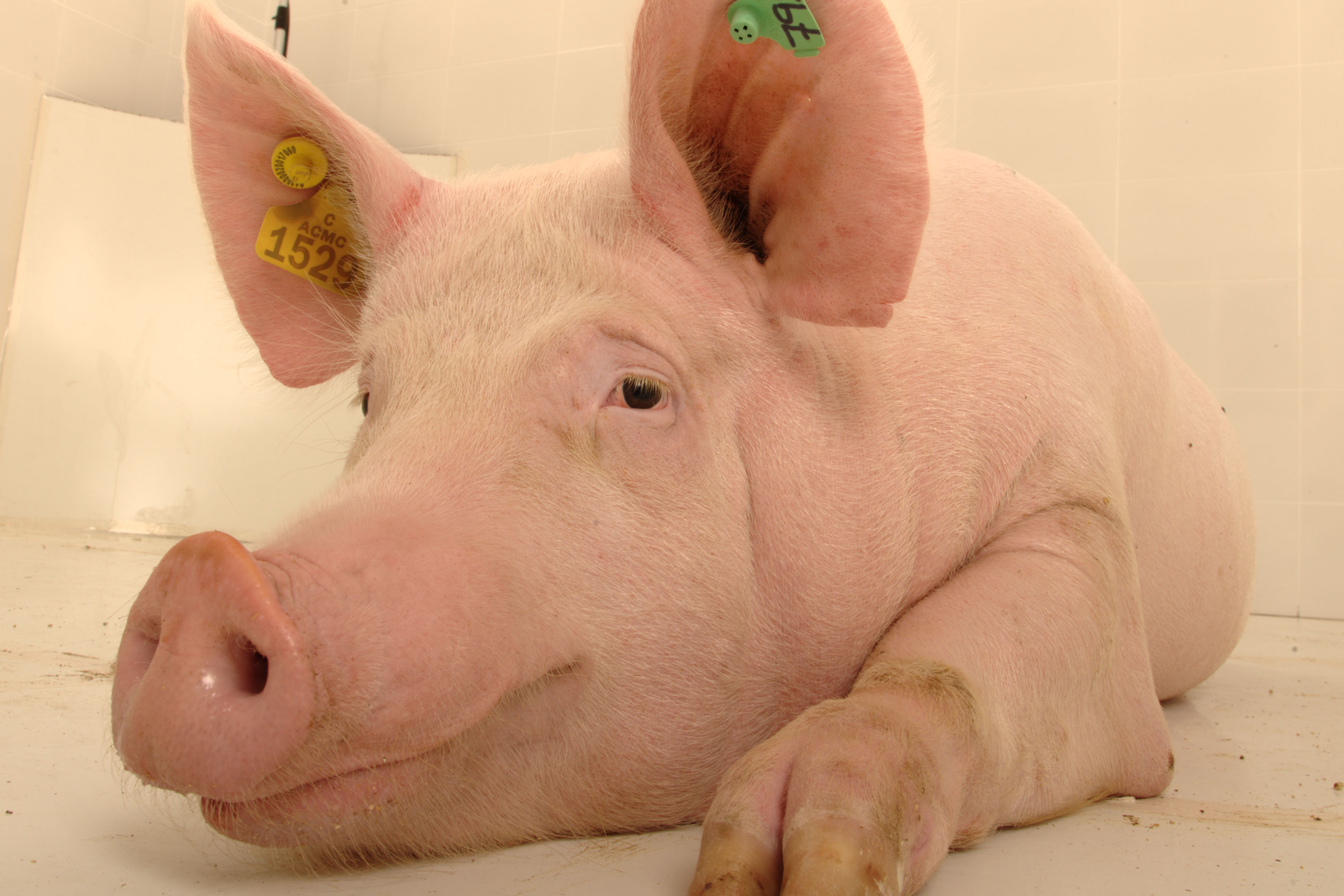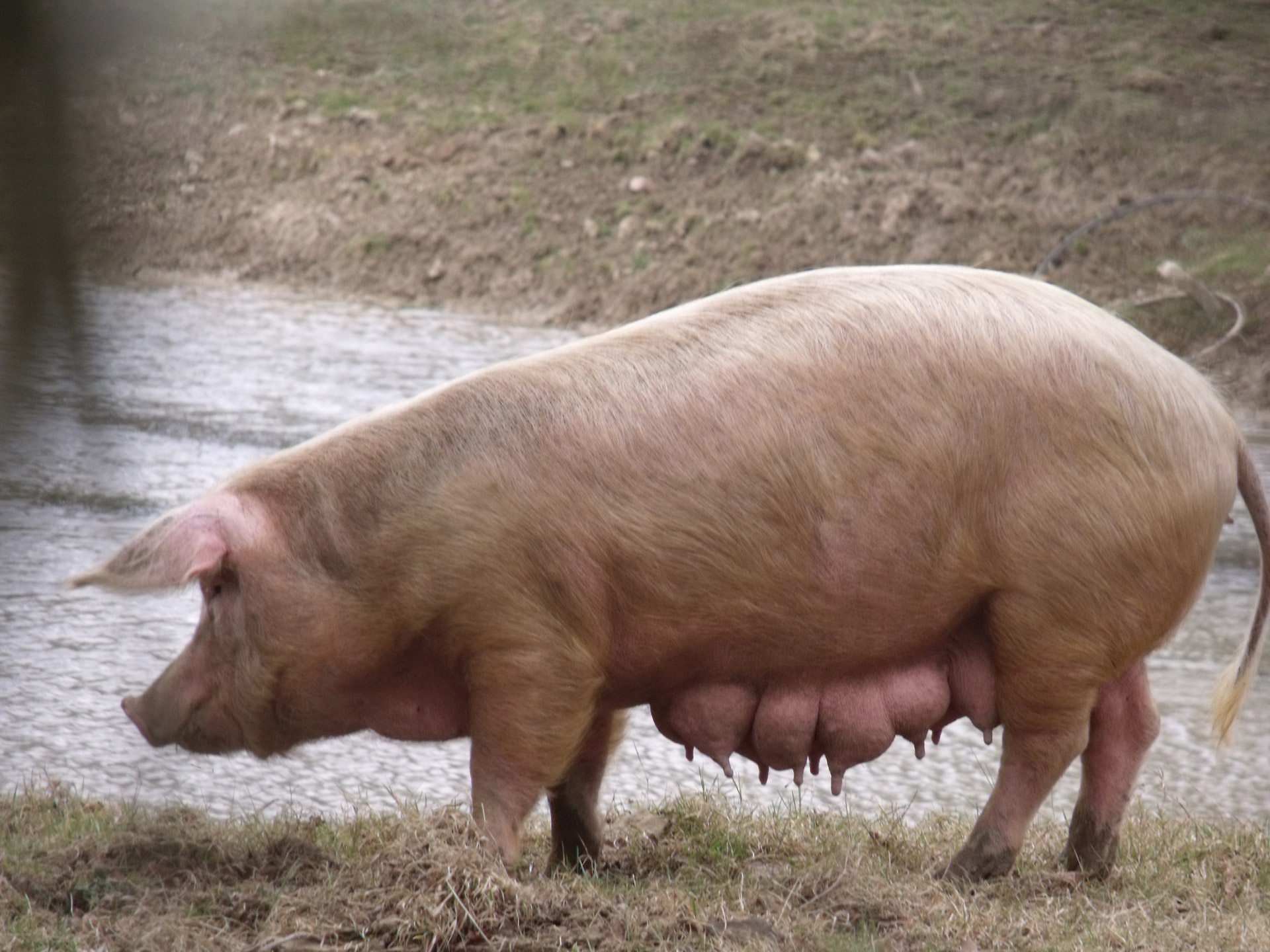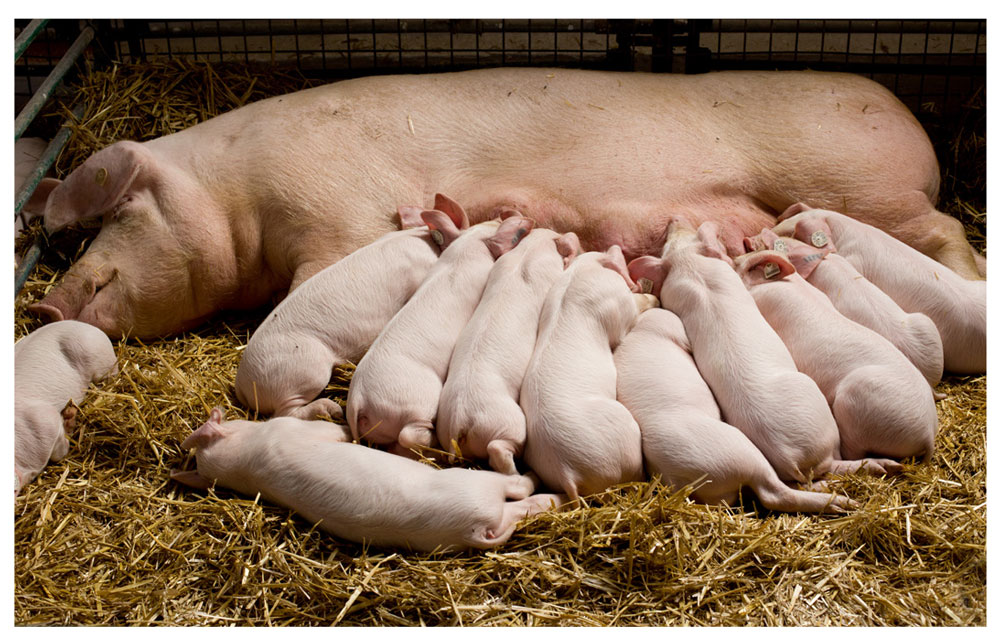Sow Sow Sow - Unraveling Similar Sounds
Have you ever found yourself pausing, a little confused, when you see words that sound just alike but mean wildly different things? It happens quite a bit, doesn't it? Like, you know, those words that trip us up, even if we speak English all the time. Getting these right really helps us share our thoughts clearly, which is pretty important when we're trying to get our message across, so.
This little chat is all about three specific words that often sound the same when we say them out loud, but they each carry their own special meaning. We're talking about 'sow,' 'sew,' and 'so.' They might sound like a bit of a tongue-twister together, or perhaps just a bit similar, yet understanding what makes each one unique can make a real difference in how well we write and how well others understand what we are trying to say, you know.
We'll spend some time looking at what each of these words truly stands for, with some simple ways to remember which one to pick. It's not about being perfect, just about getting a clearer picture of these common sound-alikes, so you can pick the right word almost every time you write or type something out, as a matter of fact.
Table of Contents
- Understanding the Confusing Sounds - What's the Real Difference?
- Why Do These Words Cause Such a Mix-Up with Sow Sow Sow?
- Making Sure You Get Sow Sow Sow Right - Simple Pointers
Understanding the Confusing Sounds - What's the Real Difference?
It's honestly quite common for words that sound alike to cause a bit of head-scratching. We hear them spoken, and our brains just sort of assume they're the same, but then we go to write them down, and suddenly it's a whole different story, you know? This is particularly true for 'sow,' 'sew,' and 'so.' They share a similar sound, or perhaps even an identical one, yet their uses are truly distinct, so.
What Does 'Sow' Mean When We Talk About Planting?
When we talk about 'sow,' often, we're thinking about putting little plant starters into the ground. This word is a doing word, a verb, that means to scatter or place seeds with the aim of growing something. Think about a farmer preparing a field, or someone in their garden carefully putting tiny seeds into the earth. They are doing the action of 'sowing.' For example, a gardener might 'sow' carrot seeds in springtime, or a farmer could 'sow' wheat across a wide area. The past action of this word is 'sowed,' like, "Yesterday, I sowed some wildflowers," as a matter of fact.
This use of 'sow' is all about cultivation, about helping new life begin from a tiny seed. It’s about the start of growth, about bringing forth a crop or a patch of beautiful flowers. It’s a very active word, suggesting the careful spreading of these little beginnings across the earth. You really just spread them around, hoping they will take root and grow, you know?
How Does 'Sow' as an Animal Fit into Sow Sow Sow?
Now, here's where it gets a little trickier, isn't it? The word 'sow' can also refer to an adult female pig. This is a noun, a naming word, and it’s pronounced a bit differently than the 'sow' that means to plant. For the pig, it sounds more like 'cow,' with that long 'o' sound. So, you might talk about a 'sow' and her piglets on a farm. This meaning also applies to the adult female of some other creatures, like a bear, for example. It’s quite a different picture from planting seeds, isn't it? It just shows how one set of letters can have multiple meanings and even multiple sounds, actually.
It's kind of fascinating, really, that the same letters can point to such different things. One 'sow' is about making things grow from the ground, while the other 'sow' is a specific kind of animal. This particular 'sow' meaning a female pig is one of those words that can cause a bit of confusion, especially when you hear it spoken and aren't sure which pronunciation is being used, you know?
And What About 'Sew'? How Does It Relate to Sow Sow Sow?
Then we have 'sew.' This word sounds exactly like the 'sow' that means to plant, but its meaning is entirely separate. 'Sew' is a doing word, a verb, that means to join or repair things using a needle and thread, or perhaps a machine that does the same thing. Think about making clothes, fixing a torn shirt, or adding a patch to a pair of trousers. All of these actions involve 'sewing.' For instance, someone might 'sew' a button back onto a coat, or they could 'sew' together pieces of fabric to create a new garment, as a matter of fact.
It’s about bringing materials together, creating something new, or fixing something old, all with the help of stitches. It’s a craft, a skill, and it’s very hands-on, typically. You use a tool, a needle, to push thread through material, connecting parts. So, you might 'sew' a hem, or 'sew' a quilt, or even 'sew' up a tear in a favorite item, you know? The sounds are the same, but the actions are truly different.
Where Does 'So' Come In? Is It Part of the Sow Sow Sow Mix-Up?
Finally, we come to 'so.' This little word also sounds just like 'sow' and 'sew,' but it behaves very differently in a sentence. 'So' often works as a connector, showing a reason or a result. For example, you might say, "It was raining, so I brought an umbrella." Here, 'so' tells us the reason for bringing the umbrella. It can also show the extent of something, like, "I was so tired I fell asleep immediately." In this case, 'so' tells us how tired someone was, you know?
'So' is very versatile. It can introduce a consequence, or it can emphasize a degree. It's a word we use constantly in our daily conversations and writing, and it helps link ideas together smoothly. It's a bit like a bridge between thoughts, showing how one idea leads to another or how strong a feeling is. It’s a small word, but it does a lot of work in making our sentences flow, really.
Why Do These Words Cause Such a Mix-Up with Sow Sow Sow?
It's a fair question, isn't it, why these words cause such a fuss? The main reason is how they sound. English has many words that sound exactly the same when spoken, but they have different spellings and completely different meanings. These are often called 'homophones.' 'Sew,' 'so,' and the 'sow' that means to plant are perfect examples of these sound-alikes, you know.
The Sound-Alike Problem for Sow Sow Sow
The fact that 'sew,' 'so,' and 'sow' (the planting action) all share the same vocal sound is the biggest reason for the confusion. When you hear them, there's nothing in the sound itself to tell you which meaning is intended. You have to rely on the surrounding words, the whole idea of the sentence, to figure it out. This makes it a bit of a challenge for writers, especially when trying to choose the right word for their message. It’s a very common thing in our language, this kind of sound trick, isn't it?
This sound similarity can make people pause, even those who have been speaking English for a long time. It's almost like a little puzzle your brain has to solve every time you encounter one of these words. The context, what the sentence is generally about, usually helps us figure it out when we are listening. But when we are writing, we have to pick the correct spelling, and that's where the mix-up tends to happen, really.
The Same-Spelling, Different-Sound 'Sow'
Adding another layer to this is the word 'sow' itself. As we talked about, it can mean to plant seeds, but it can also refer to an adult female pig. The interesting part here is that while the spelling is identical for both, the pronunciation changes. The 'sow' for planting sounds like 'so' or 'sew,' but the 'sow' for the pig sounds like 'cow.' Words that are spelled the same but pronounced differently and have different meanings are sometimes called 'heteronyms.' This makes 'sow' a particularly tricky word, as it plays both sides of the sound game, so to speak.
This particular quirk of the word 'sow' can be especially confusing. You see the same letters on the page, but depending on what you're talking about, you say it in a different way. It's a bit like a secret code that you need to know the meaning of the word to crack, isn't it? This double nature of 'sow' just adds to the overall complexity when we think about 'sow sow sow' and how to use these words correctly, you know.
Making Sure You Get Sow Sow Sow Right - Simple Pointers
Getting these words right is not about being a grammar expert, but more about being clear in what you want to say. When you choose the correct word, your message comes across without any confusion, and that’s really the main point. It helps your readers or listeners understand exactly what you mean, without having to guess or re-read something. It’s pretty simple pointers, actually, that can help you remember which one to use, you know.
Remembering 'Sow' for Spreading Seeds
To keep 'sow' straight when you mean to plant, think about the act of scattering. Imagine gently tossing tiny seeds over a patch of earth. This 'sow' is always about putting those little beginnings into the ground, hoping they will grow into something bigger. It's tied to farming, gardening, and the idea of cultivation. So, if you're talking about putting things into the earth to grow, you're looking for 'sow,' the one that sounds like 'so,' naturally.
A good way to remember this is to connect it with the idea of a 'sowing machine,' even if that's not a common term, it helps to link the word to the action of planting. Or, perhaps, think of 'sowing the seeds of an idea,' which is a common saying meaning to introduce a new thought or concept that might grow later. It’s all about putting something out there that has the potential to develop, you know?
Remembering 'Sew' for Joining Things
For 'sew,' remember the needle and thread. This word is always about stitching, about using a tool to connect pieces of material or to mend something. If you're using a needle, whether by hand or with a machine, you are 'sewing.' It's about creating or repairing fabric items, clothing, or other soft goods. So, if you're making a new shirt or fixing a tear, you're 'sewing,' the one that also sounds like 'so,' but with a different job, really.
You can almost visualize the needle going in and out of the cloth. This 'sew' is about the craft of working with textiles, about the careful, repetitive action of making stitches. It’s about craftsmanship and putting things together with care. So, when you think about clothes or fabric, you should pretty much always think of 'sew,' as a matter of fact.
Remembering 'So' for Explaining Reasons
As for 'so,' think about connecting ideas or showing a result. This word often acts like a bridge between two thoughts. It answers the question 'why?' or shows 'how much.' If you're explaining why something happened, or the extent to which something is true, 'so' is probably the word you need. It's a very common word in everyday conversation, used to link ideas smoothly. So, if you're giving a reason or showing a degree, 'so' is your go-to word, you know.

There is so much more to know about sows - Pig Progress

Gloucester Old Spot Sow Free Stock Photo - Public Domain Pictures

Successful Sow Management - Crystal Creek